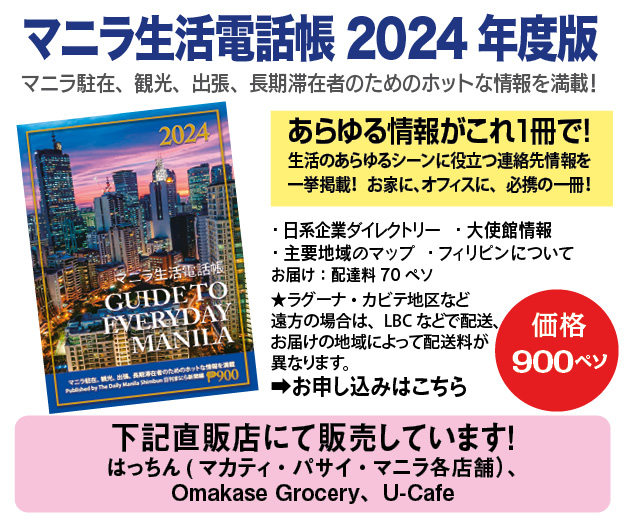One Health Pass replaced with PHL's ‘simpler’ eARRIVAL CARD system
The Department of Tourism (DOT) on Friday welcomed the national government's introduction of the eARRIVAL CARD as a means to provide a more convenient and stress-free experience for Filipino and foreign travelers arriving in the Philippines.
According to Tourism Secretary Christina Garcia Frasco, the inception of the eARRIVAL CARD as a replacement of the existing One Health Pass (OHP) entry requirement for travelers fulfills part of the Marcos administration's objective to ease the country's remaining stringent entry protocols in order to attract more travelers and boost the country’s tourism recovery.
The eARRIVAL CARD stemmed from the DOT’s proposal to remove the OHP especially amidst numerous complaints from inbound travelers to the Philippines and, to improve the same, benchmarking more convenient arrival protocols in the ASEAN such as Singapore.
Following the DOT’s coordination and discussions with the Inter-Agency Task Force for the Management of Emerging Infectious Diseases (IATF-EID), Department of Health (DOH), Bureau of Quarantine (BoQ), and other member agencies of the IATF, the OHP requirement has now been lifted.
Prior to the adoption of the new eARRIVAL CARD, travelers were required to register for the OHP a few days before their travel, and accomplish the electronic Health Declaration Checklist (eHDC) on the day of departure.
Compared to the previous OHP system, the eARRIVAL CARD also removes unnecessary information fields, allowing the easier and faster completion of the traveler registration process.
For instance, tourism-related fields were significantly cut by half, from 20 items under the OHP to now less than 10 items in the eARRIVAL CARD. Fields such as traveler occupation and educational attainment were also removed.
Upon providing their travel details, personal information, health declaration, and vaccination details on the eARRIVAL CARD website: www.onehealthpass.com.ph , travelers will be issued with a unique QR code.
One Health Pass
Travelers must then capture a screenshot of the QR code on their mobile or computer device and present this to the Bureau of Quarantine (BoQ) officers at their destination airport in the Philippines.
There is no need for travelers to download and install a mobile app to register, as the eARRIVAL CARD is a browser-based system.
In the event that a traveler is unable to complete their eARRIVAL CARD, the BoQ has staff stationed at the airport to assist in the travelers' registration. Serving as an important step in the national government’s shift towards a paperless system, the eARRIVAL CARD will eventually remove the need for travelers to fill up the physical arrival cards done upon their arrival in the Philippines.
Aside from the shorter and easier registration process for inbound travelers, the DOT also lobbied to make the eARRIVAL CARD aesthetically appealing by incorporating Philippine sceneries and neutral colors in the design.
To promote accessibility and ease of use among travelers, the eARRIVAL CARD registration page also utilizes sectioned fields instead of a single long web page.
According to Frasco, the eARRIVAL CARD will continuously be improved by the DOT and the DICT, as the agencies work towards making travel into the country more convenient by streamlining the information requirements of agencies including the DOH, BI, and the BoQ into one unified database.
"We at the DOT look forward to continuing this synergistic approach to the improvement of the overall tourist experience through close collaboration with our partner national government agencies under the guidance of President Marcos. Our shared aspiration is to provide travelers with better and stress-free services through continuous improvement of tourism enabling mechanisms in the country, digitalization, and liberalized entry protocols that provide the least inconvenience to travelers and convey that the Philippines is open and ready to receive travelers,” Frasco said. DOT Office of Public Affairs and Advocacy











